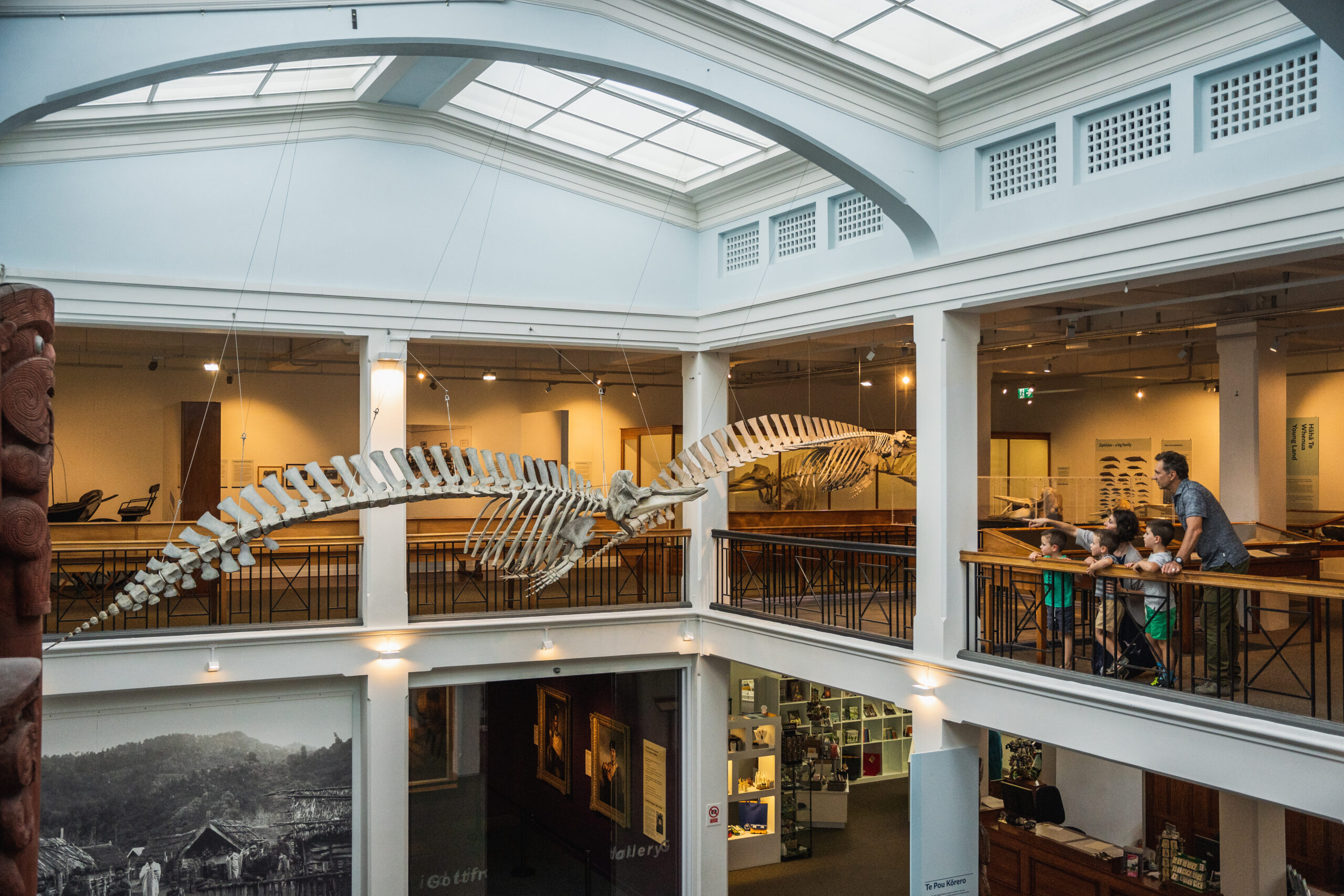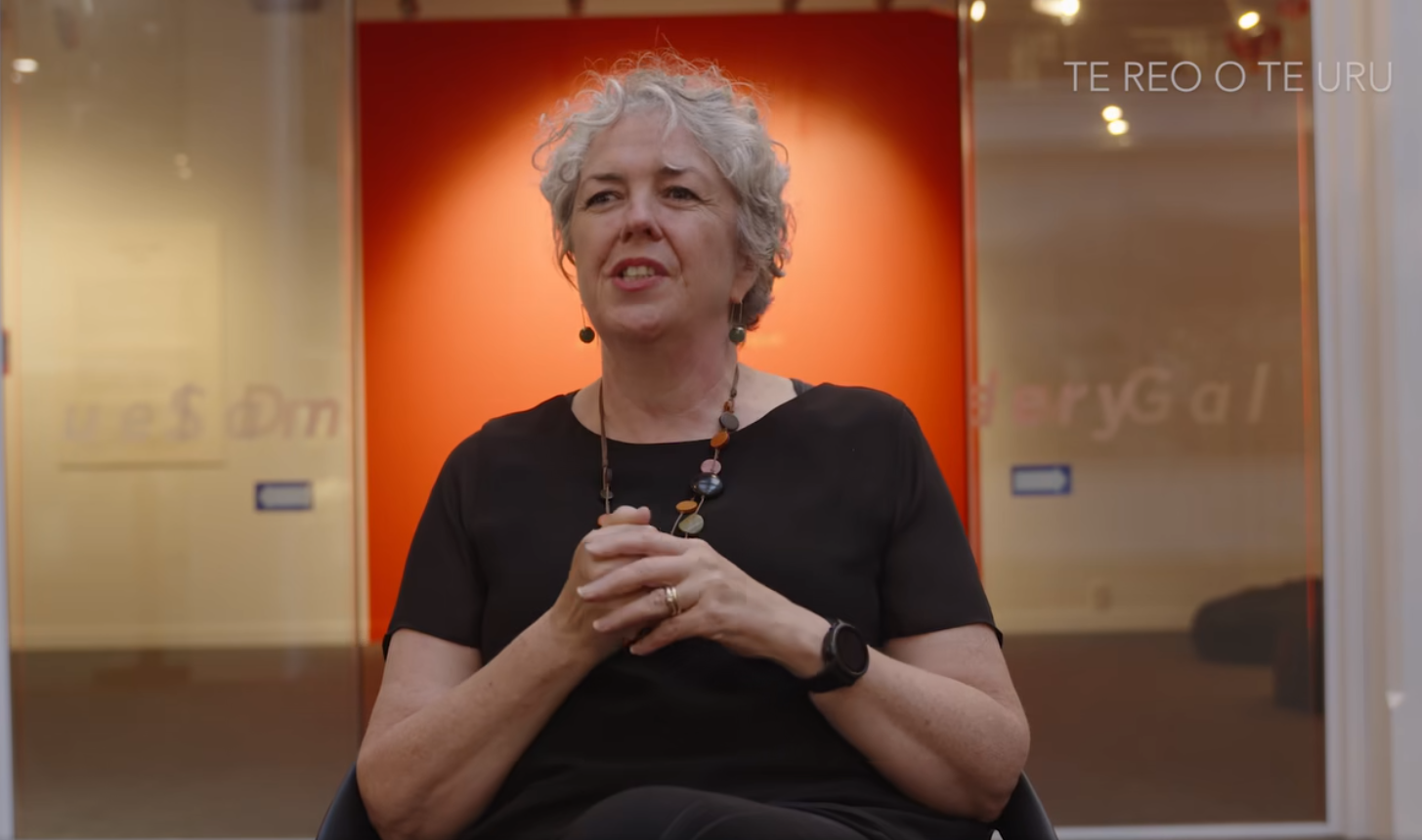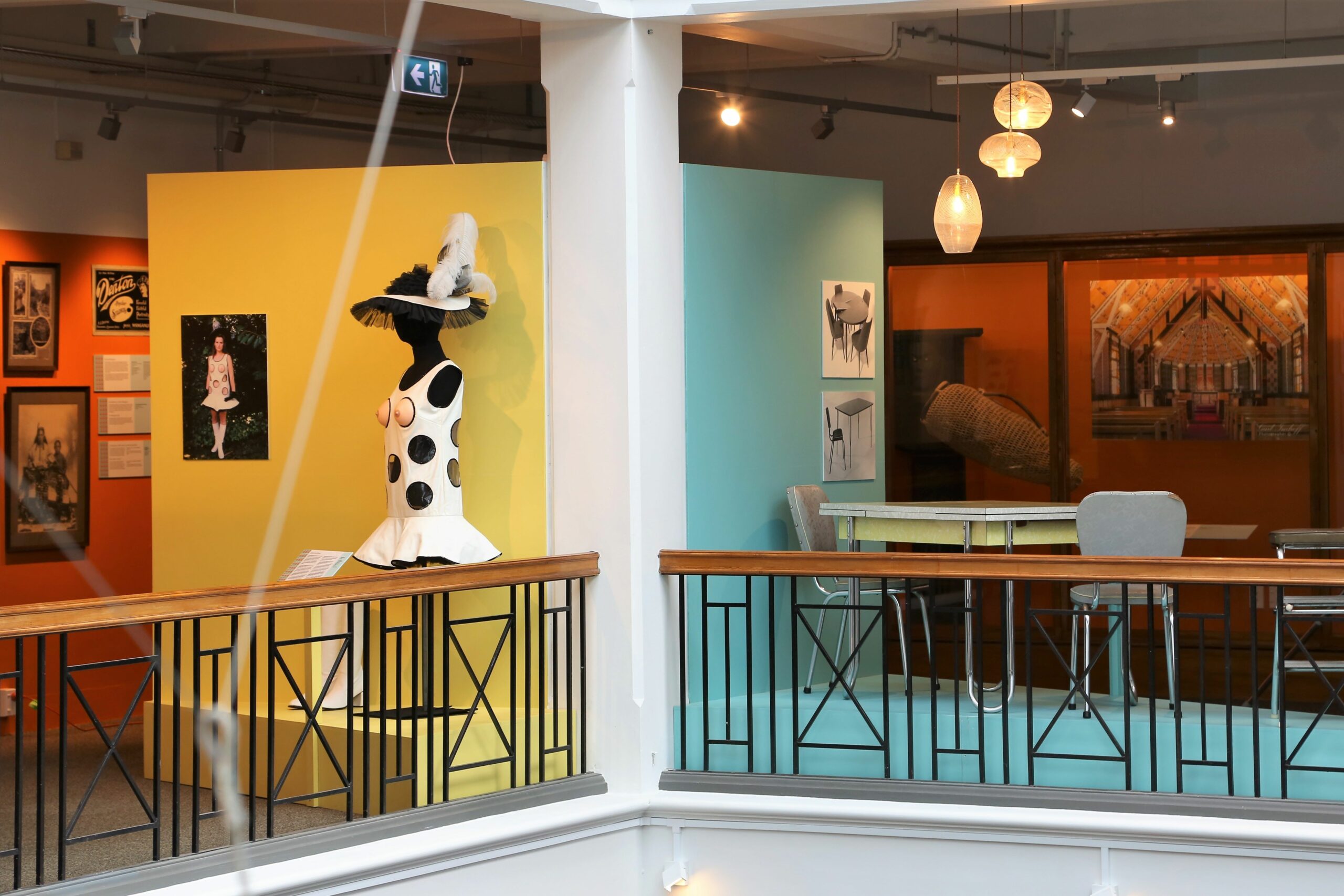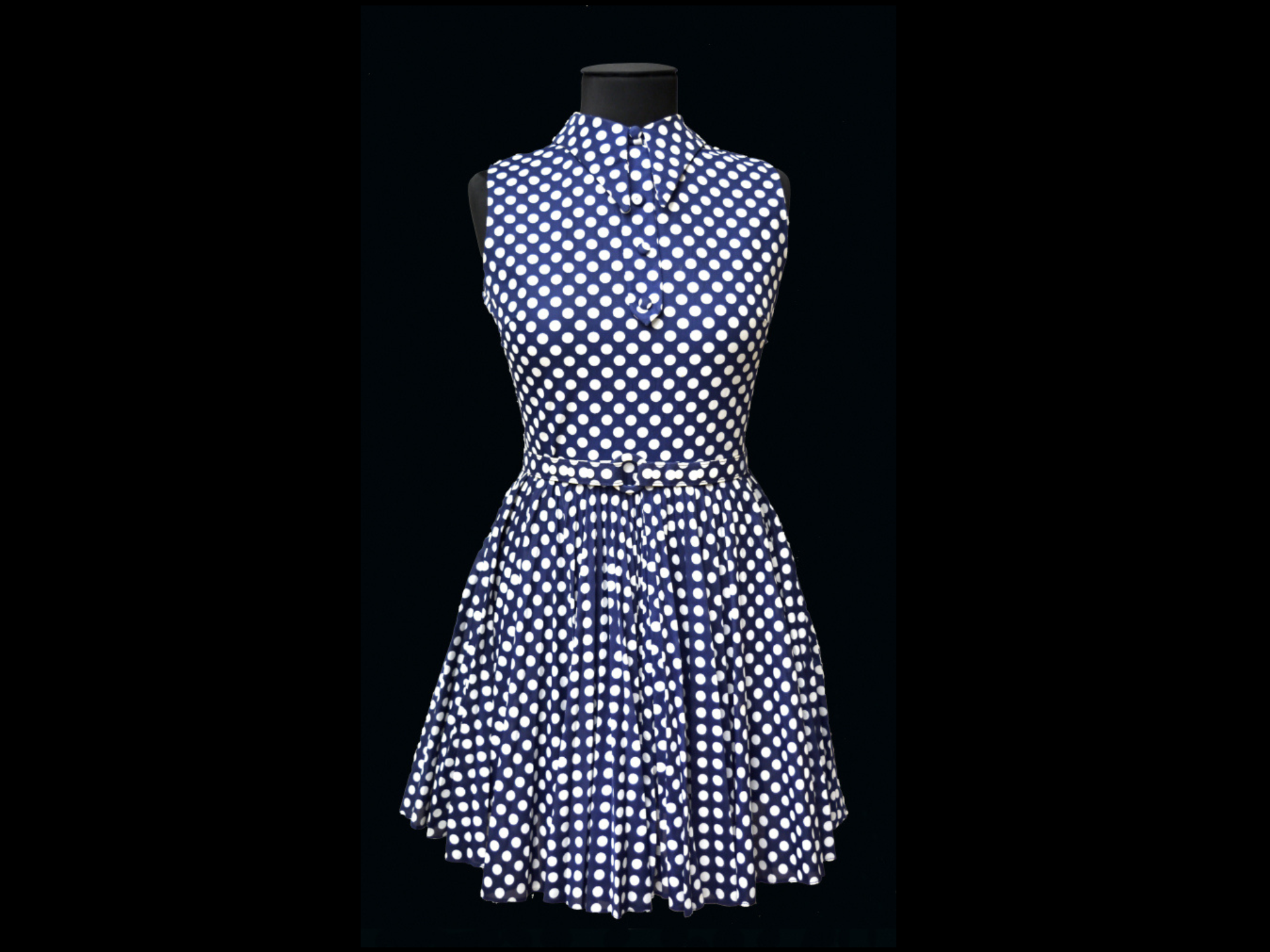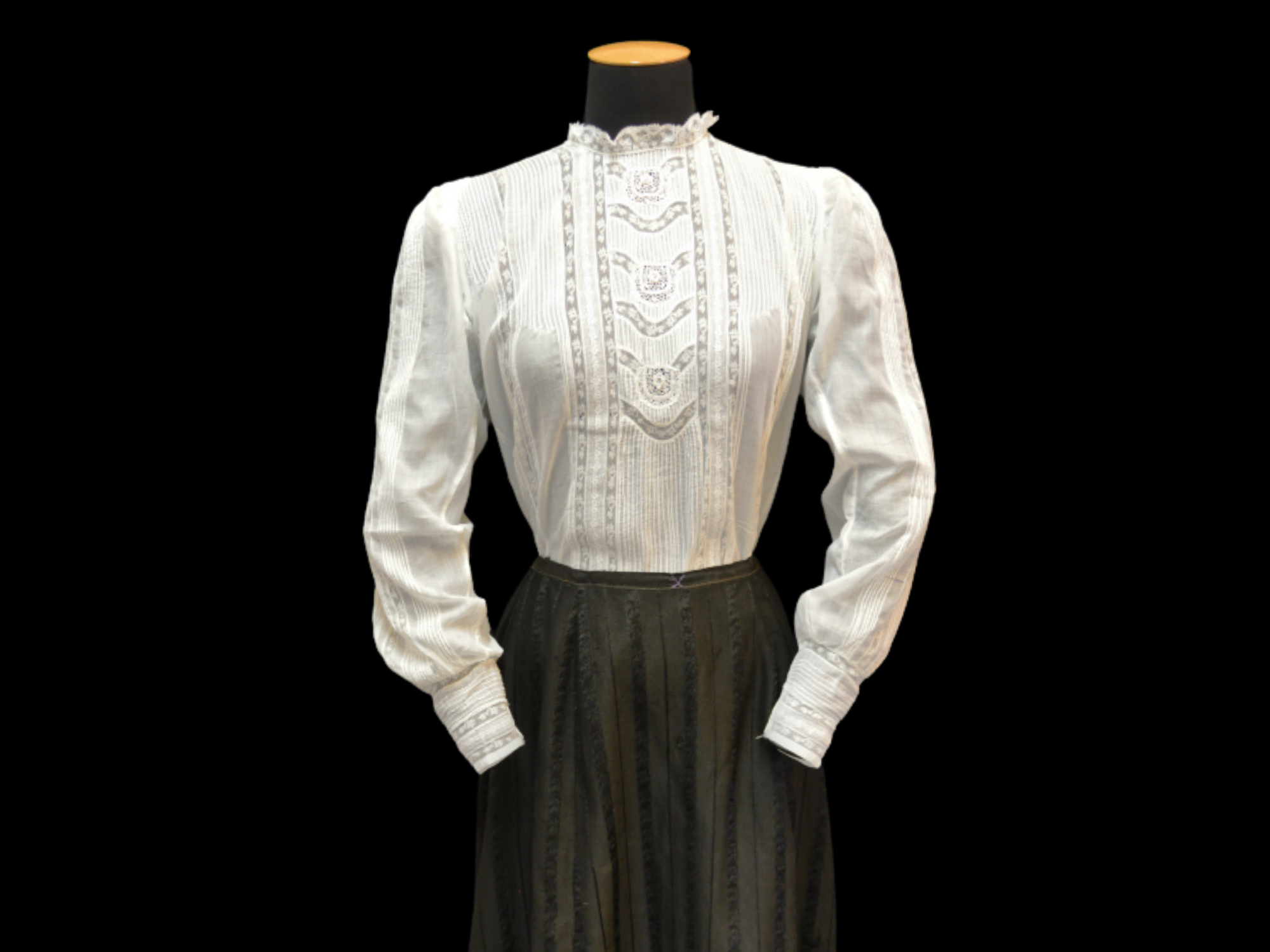News
Home for Good? The case for the return of Hāmama
In preparation for the exhibition Ngā Wai Honohono: Bound by Water in the Whanganui Regional Museum’s Māori court, Te Āti Haunui-a-Pāpārangi, museum staff requested the loan of a tekoteko (the carved figure located on the apex of a meeting house) held by the Museum of New Zealand Te Papa Tongarewa in Wellington. The tekoteko arrived on 11 January 2019 and was welcomed into the Whanganui Regional Museum with a ceremony to recognise his mana and the mana of those associated with him. But why was this tekoteko requested, and what do we know about him? Here we provide some insights into this tekoteko, his people, his journey, and potentially his future home.
He originally stood on the whare rūnanga (council house), Huriwhenua, built between 1870-1880, at Rānana, in the middle reaches of the Whanganui River. He was commissioned by Taitoko Te Rangihiwinui, also known as Major Kemp or Meiha Keepa, at Kahotea in Rānana. The tekoteko displays unique Whanganui-style features: the notched knees imitate an action by Whanganui tūpuna when standing on waka, and big bulbous eyes, five fingers and holding the tongue are further design techniques that confirm Whanganui provenance.
After Te Rangihiwinui’s death in April 1898, Māori lands purchase officer William E Goffe persuaded (some might say coerced) his daughter, Wiki Keepa, to part with him and other carvings. Samuel Drew, the Honorary Curator of the Wanganui Public Museum, noted that Goffe had suggested to Wiki Keepa that ‘the figures should be in the same building where her father’s picture had hung so long and be preserved for ever – “Ake-Ake-Ake”’. According to Drew’s report “Wiki saw the force of this and consented to the removal of the figures”. Only one original carving – the poutokomanawa (centre ridge pole), named for Te Rangihiwinui’s uncle Hori Kīngi Te Anaua – remains at Rānana to this day.
Despite Goffe’s suggestion, taonga from Huriwhenua did not remain in Whanganui. Today the Whanganui Regional Museum cares for four taonga from the marae while some carvings and arapaki (lattice work panels) were sold to the Museum of Archaeology and Anthropology at the University of Cambridge in the United Kingdom. A few aspects of Hāmama’s journey are still unclear at this stage: how the tekoteko was transferred from Goffe to Mr. J. Thompson who then sold it to the Dominion Museum (now Te Papa); why it has an attribution to Mohaka in the Hawke’s Bay; and where other taonga from Huriwhenua are now located.
Ngāti Hine and Ngāti Ruaka hapū of Rānana are presently working through a repatriation process with Te Papa, that will hopefully see this tekoteko returned to Rānana. This process takes a lot of time and the negotiations have been held intermittently since the mid-1980s. It involves thorough research by Te Papa’s curatorial staff and members of the hapū, aiming to weave together the various threads and narratives for this taonga so we can understand his travels and ultimately hope to bring him home for good.
By Dr Rāwiri Tinirau, Dr Meri Haami, and Connor Pauro. Dr Rāwiri Tinirau is Pou Rauhī / Māori Advisor at Whanganui Regional Museum.
Image: Te whare rūnanga, Huriwhenua, at Rānana, Whanganui River, showing Hāmama at the apex.
Courtesy of the National Library of New Zealand (Ref: PA7-36-06).

